Understanding Center Bores
When selecting new wheels, the center bore is an important but often overlooked detail that can significantly affect the fit and performance of your wheels. Understanding the center bore is essential for ensuring a proper wheel fit, avoiding vibrations, and ensuring vehicle safety.
What is a Center Bore?
The center bore is the circular opening at the center of a wheel that fits over the vehicle’s hub. It allows the wheel to be mounted and centered onto the hub. The size of the center bore, usually measured in millimeters, varies between different wheels and vehicles.
Hub-Centric vs. Lug-Centric Wheels
When it comes to wheel fitment, there are two primary designs based on the center bore:
Hub-Centric Wheels
In hub-centric wheels, the center bore is precisely sized to match the diameter of the vehicle's hub. This design ensures that the wheel is centered on the hub, providing stability, reducing vibrations, and distributing the load evenly across the hub. Most OEM (Original Equipment Manufacturer) wheels are hub-centric, as it ensures a secure and balanced fit.

Lug-Centric Wheels
In lug-centric wheels, the wheel is centered and secured using only the lug nuts, rather than the hub itself. This design is often seen in some aftermarket wheels, as it allows the wheel to fit a range of vehicles with different hub sizes.

How to Ensure a Proper Fit
Match the Center Bore to the Hub Size
The best option is to find wheels with a center bore that exactly matches your vehicle's hub. OEM wheels usually have the correct center bore size, but if you’re purchasing aftermarket wheels, verify the center bore measurement to ensure compatibility.
Use Hub-Centric Rings for Larger Center Bores
If the center bore of an aftermarket wheel is larger than your vehicle’s hub, you can use hub-centric rings to fill the gap. Hub-centric rings are small, usually plastic or metal, inserts that fit around the vehicle’s hub, allowing the wheel to center itself securely. Hub-centric rings come in various sizes, so make sure to choose the correct diameter for both the hub and the wheel bore.
Example: If your vehicle has a hub diameter of 66.1 mm and the wheel center bore is 73.1 mm, you’d need hub-centric rings sized 73.1 mm (inner diameter) x 66.1 mm (outer diameter).
Avoid Using Wheels with Smaller Center Bores
If the center bore of the wheel is smaller than the vehicle’s hub, it simply won’t fit. Wheels with a smaller center bore than the hub cannot be mounted, and attempting to do so can lead to damage. In this case, it’s best to find wheels with the correct or larger center bore size.

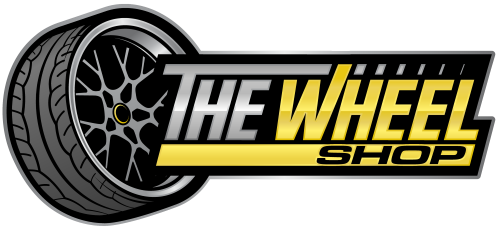

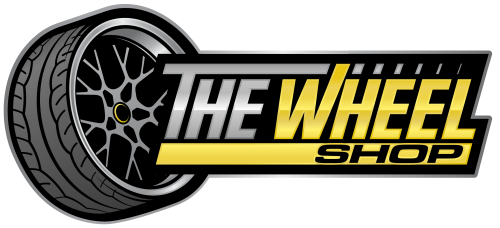

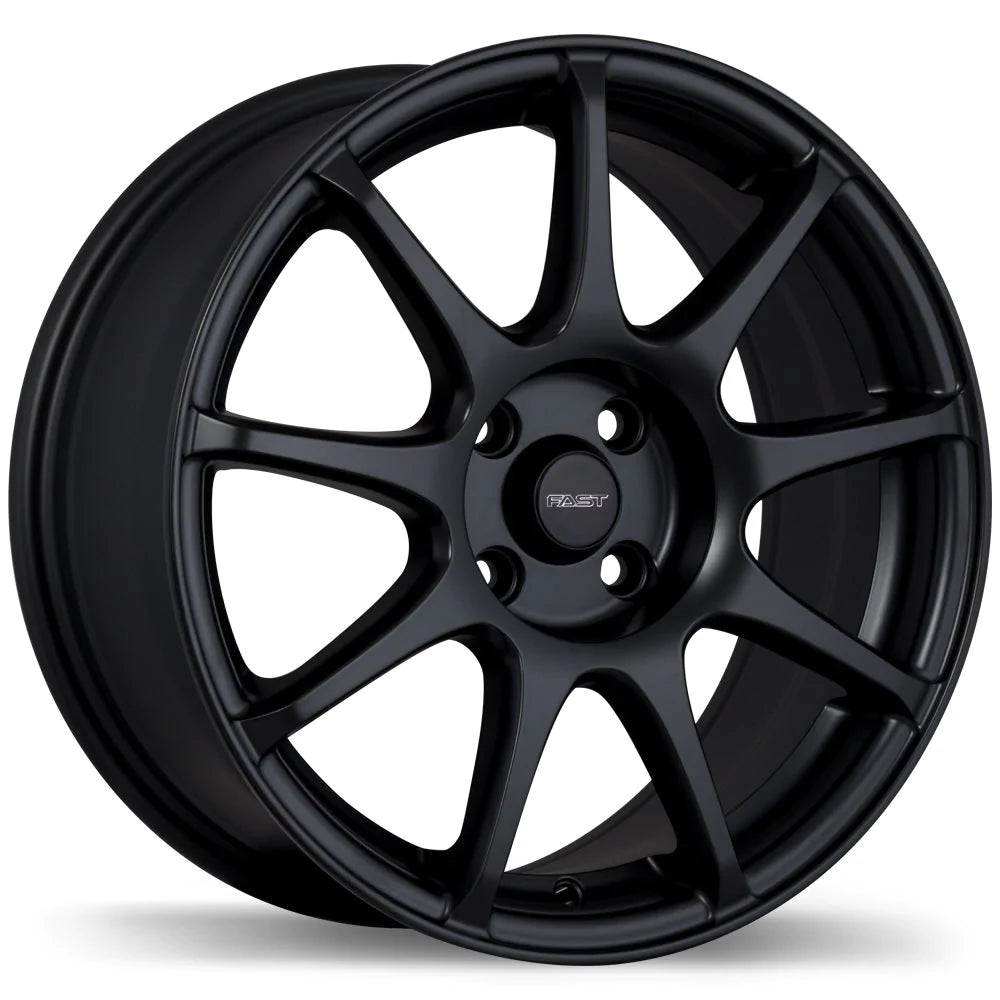
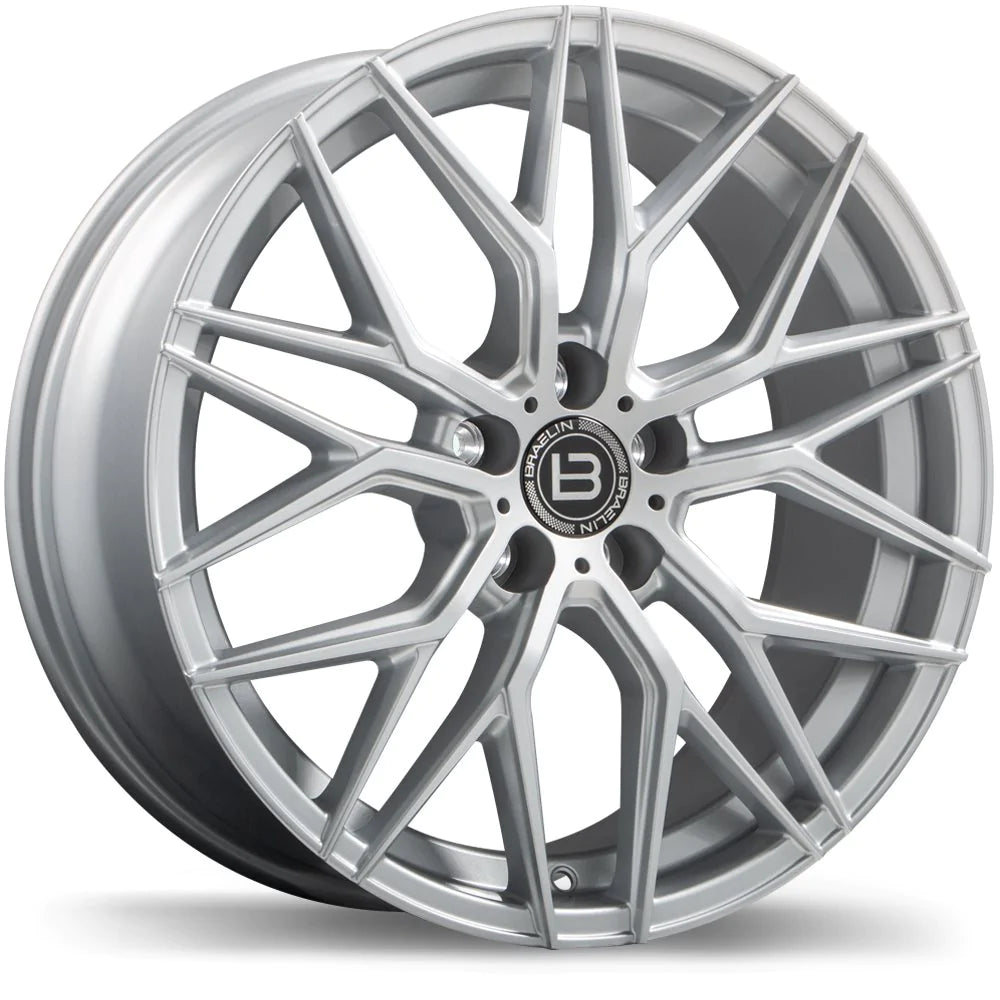
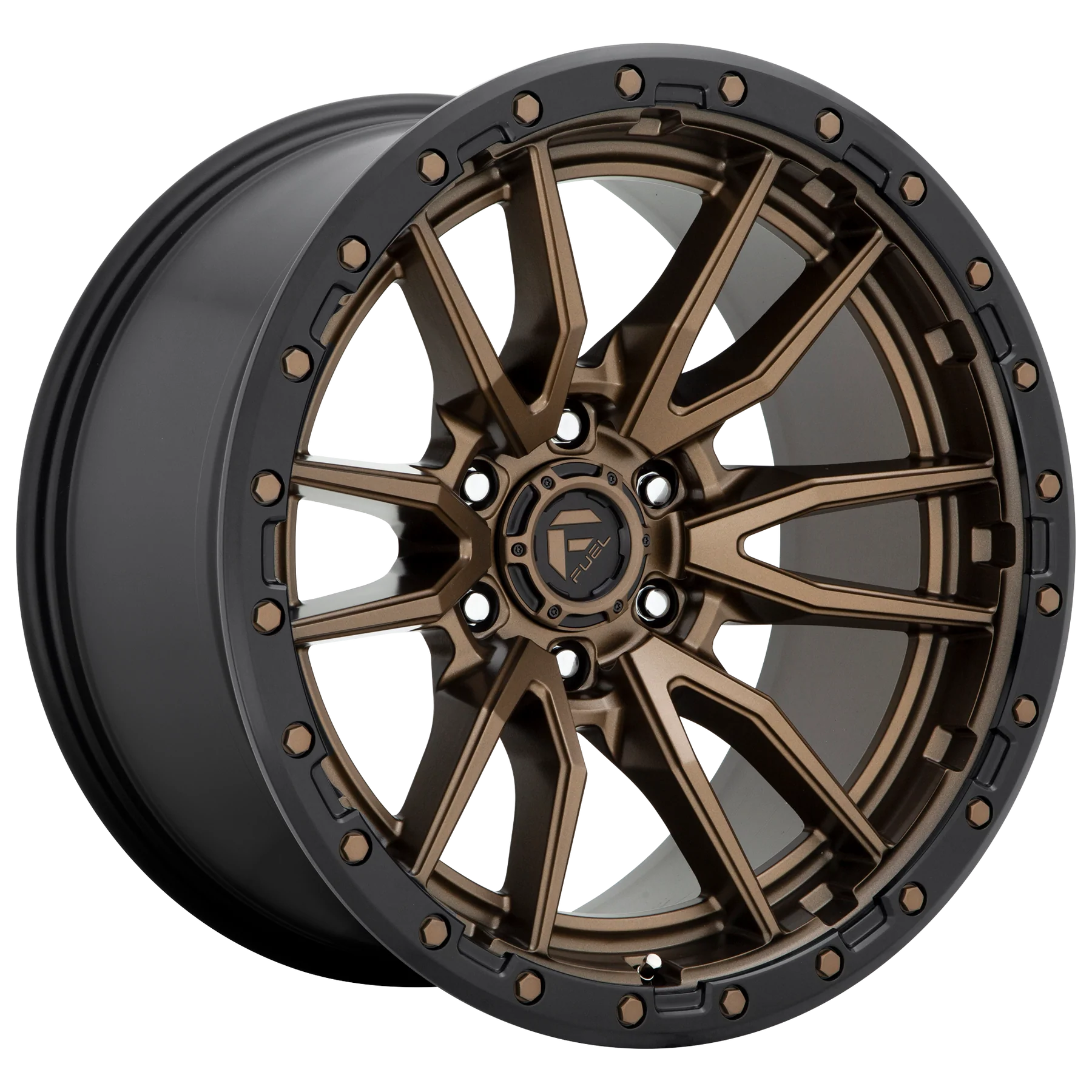
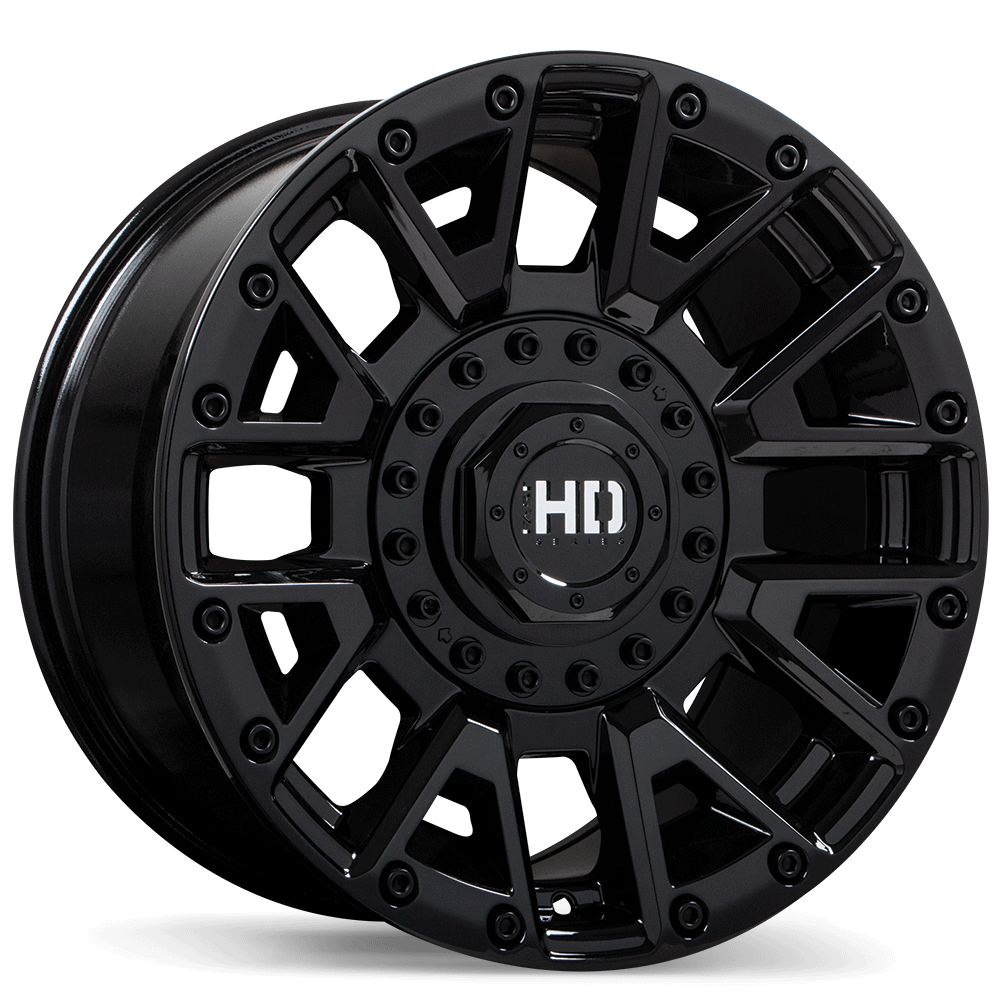
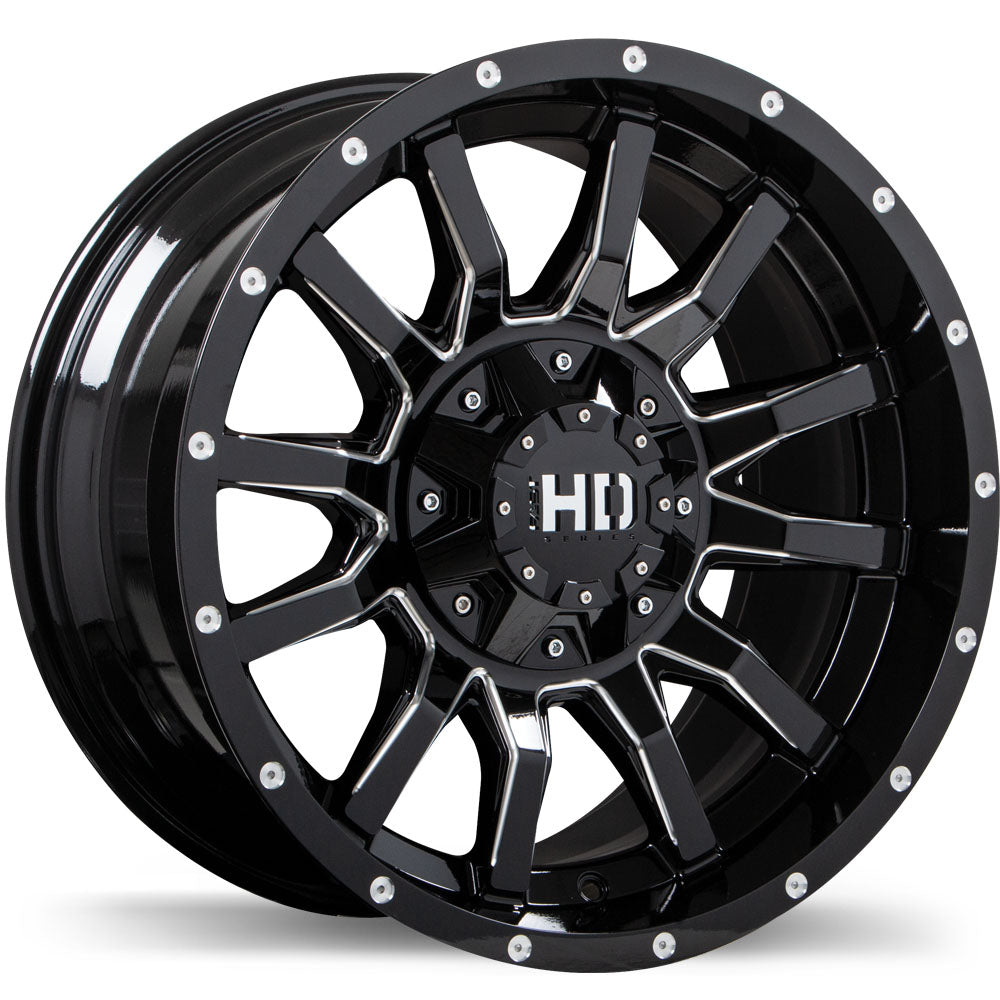

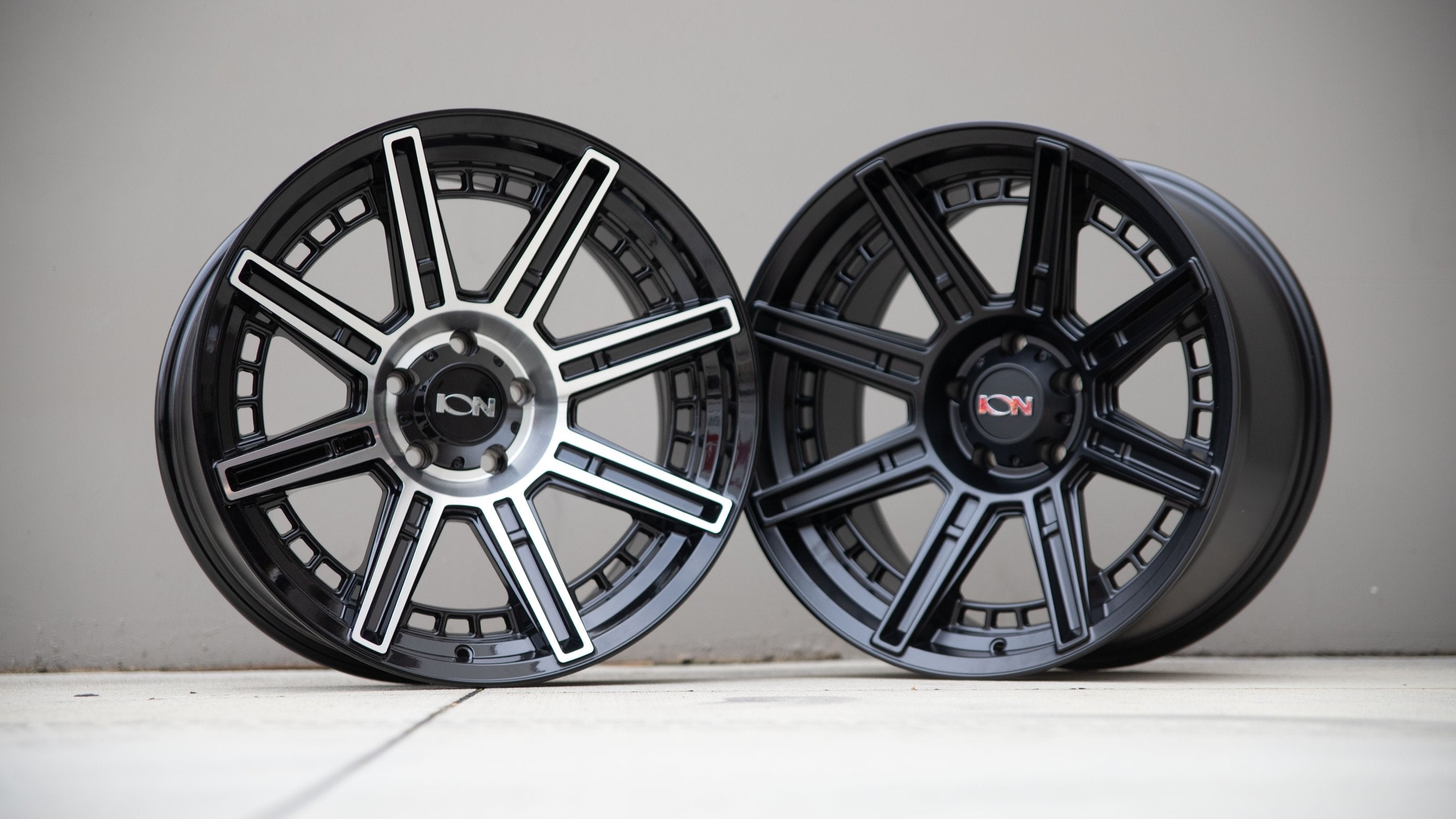
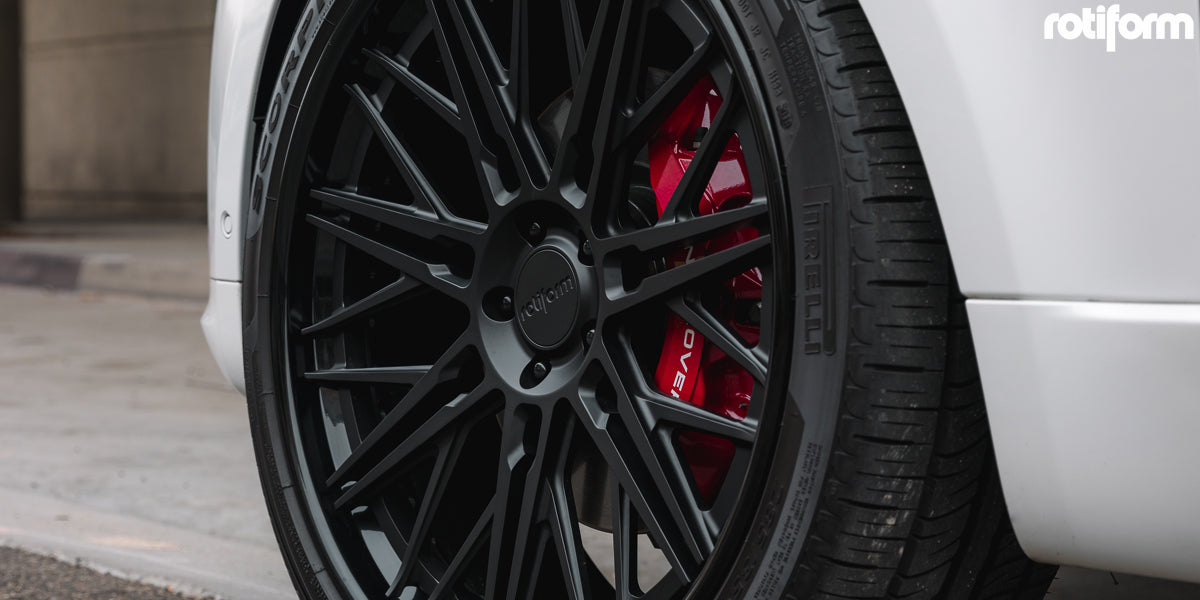
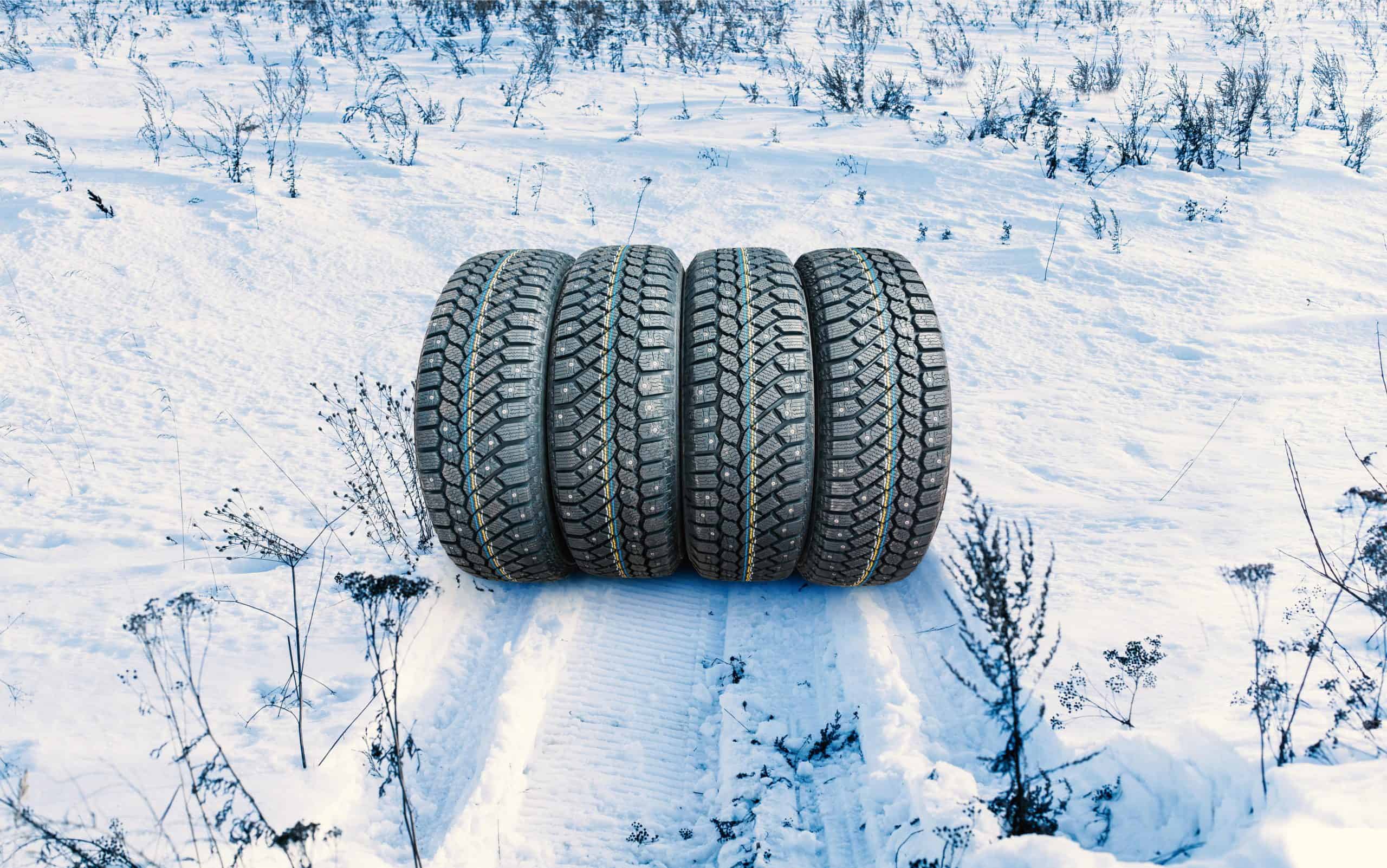
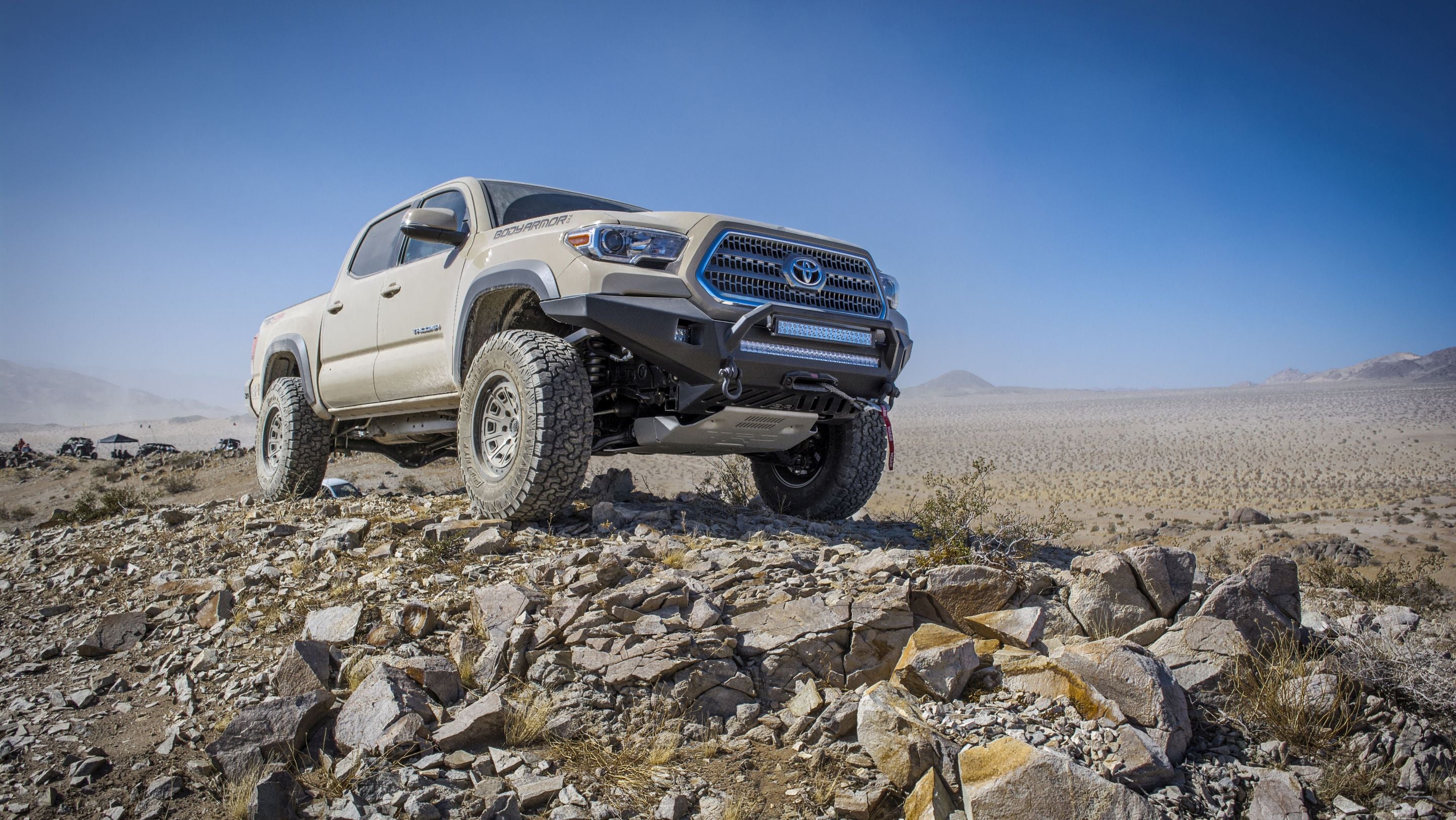
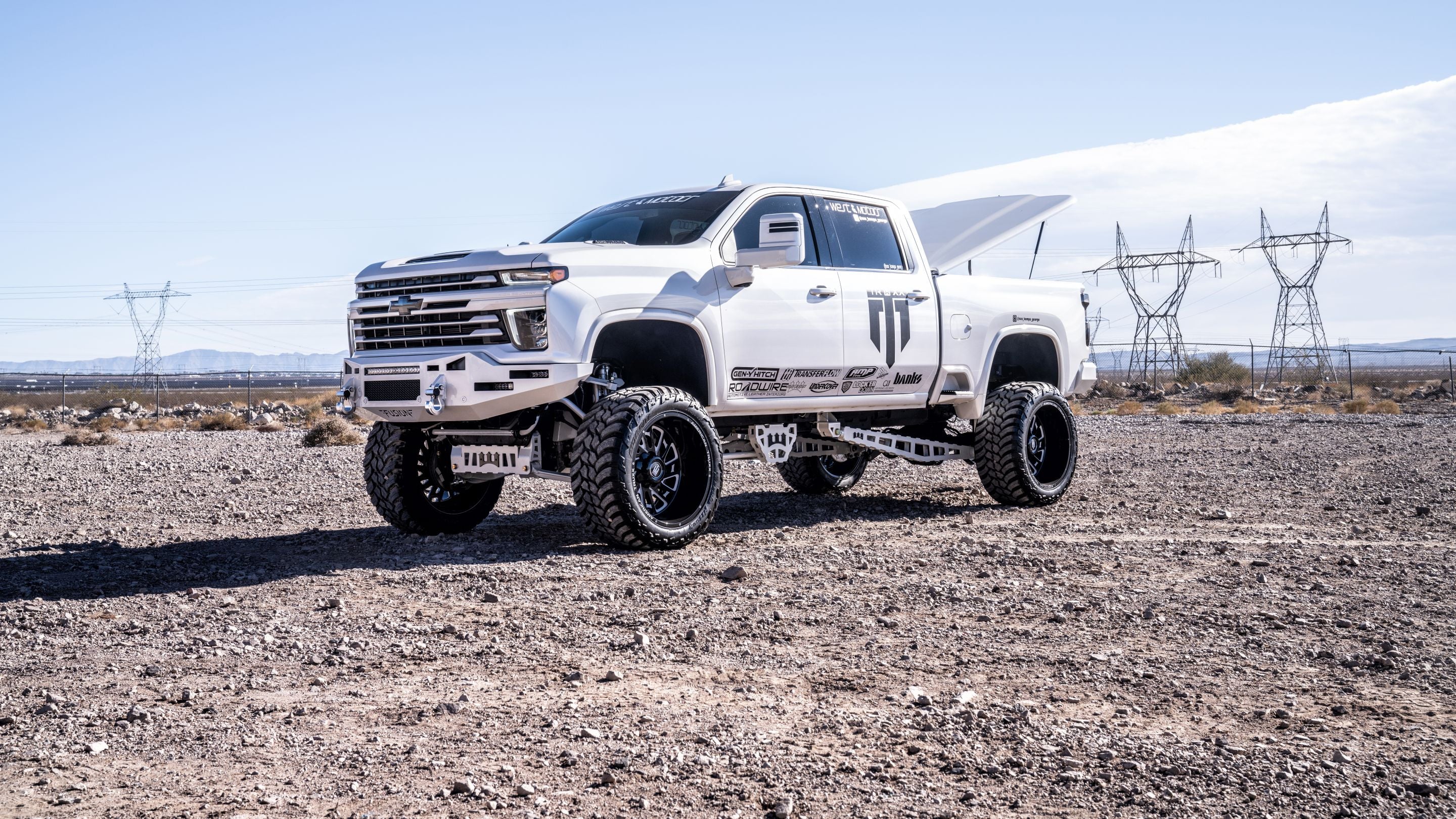
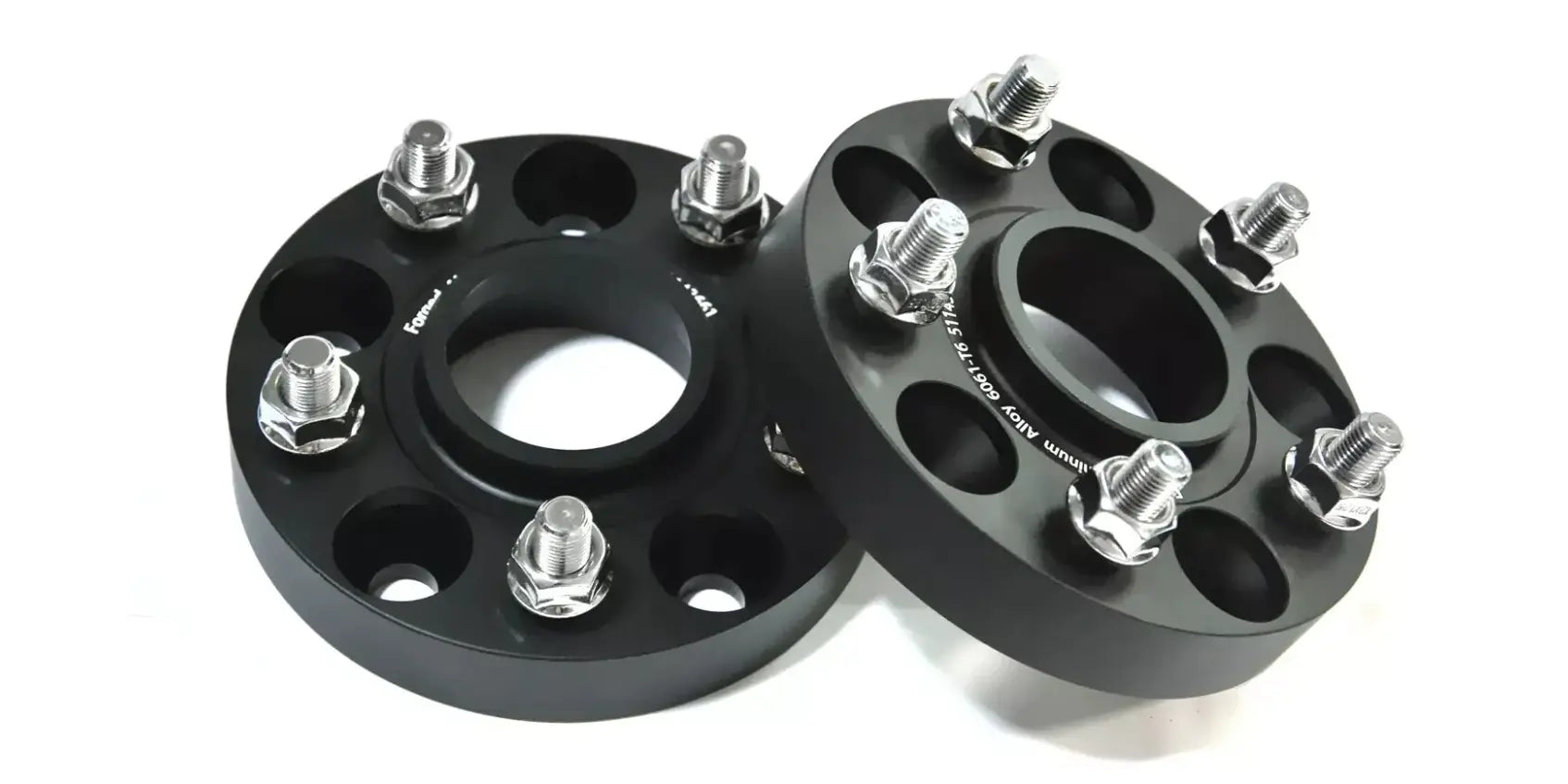
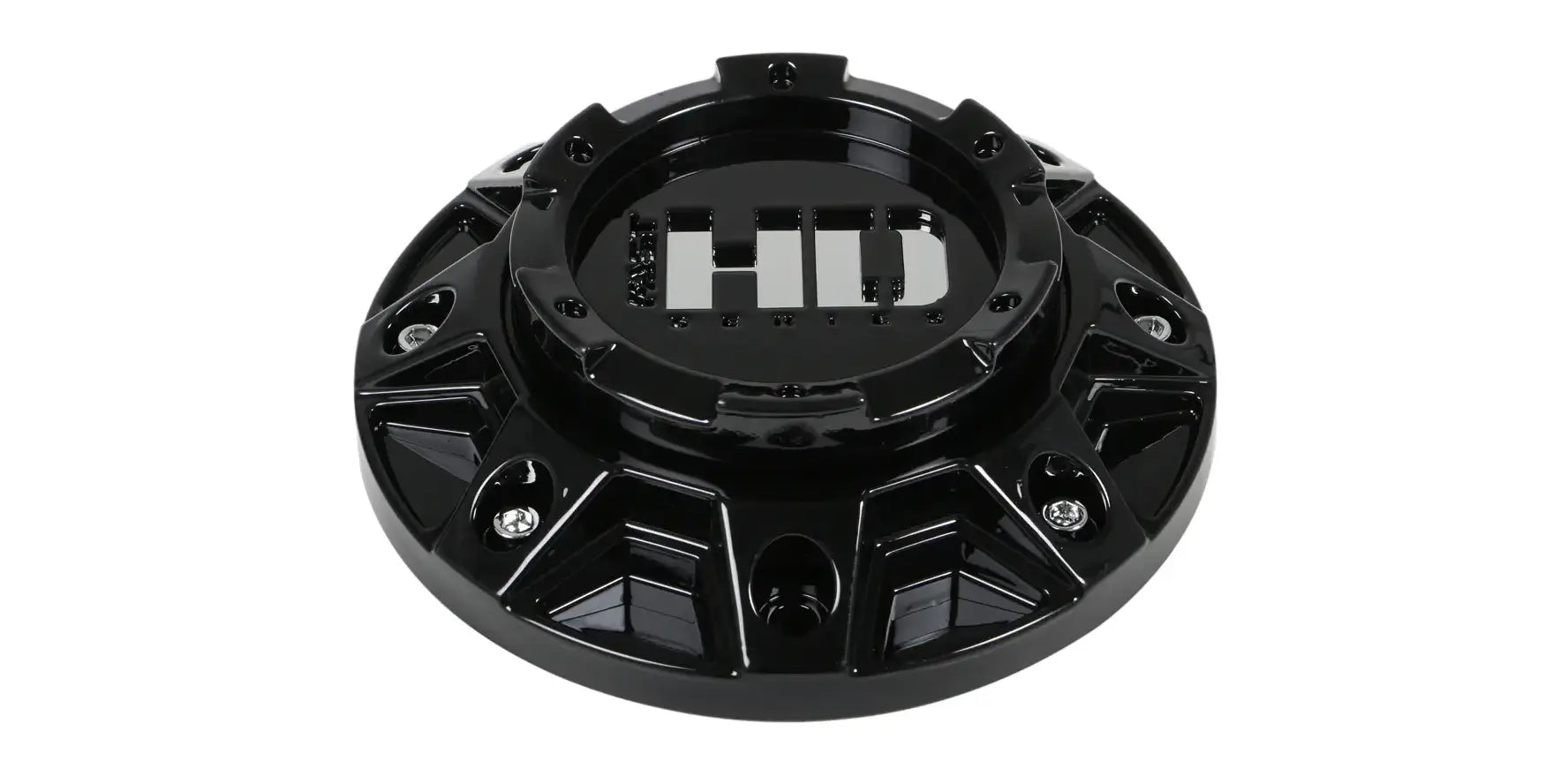
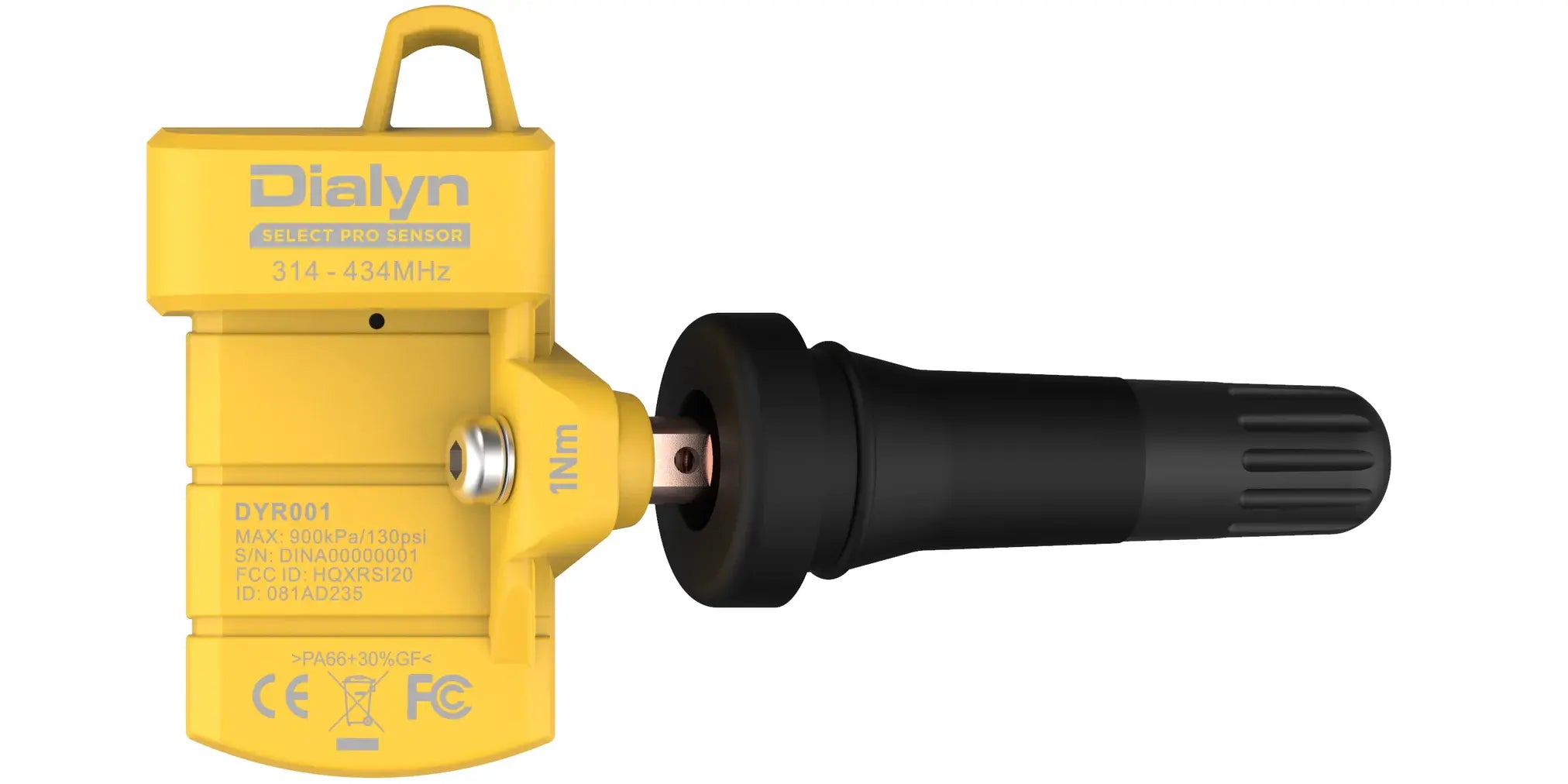


Leave a comment